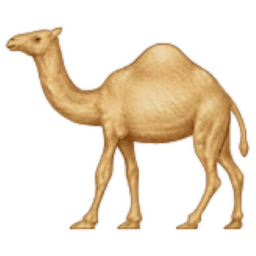Facebook has just released 1500 new emoji to reflect the diverse society we live in.
However of these 1500 symbols only one, the active wheelchair user symbol, represents disability.

Whilst this image is universally recognised, it in no way reflects the diversity of the disabled population.
Emoji have exploded in popularity in recent years, with their widespread use spanning across different generations and offer anything from creme caramel to camels to help you sum up how you are feeling - they even have two types of camel in their mood tracking library.


Around the world there have been ongoing debates about the lack of diversity in the available images.
As a response, emoji have been asked to reflect different skin tones and same-sex couples etc. but there has been no attempt made to reflect the diversity in the impairments of the 11.9 million disabled population of the UK. This strikes me as rather lazy and lacking in imagination and I am very disappointed.
Inaccurate and not representative
Wheelchair users make up about 6% of the total population of disabled people in the UK, this is small in comparisons to the total number of people with developmental, sensory loss or those using walking aids, and yet no attempt is made to fairly represent them.
Even with the wheelchair symbol it assumes we all use a self-propelled chair whilst many wheelchair users have some type of powered chair.
Raising Awareness
In my role as campaign manager at the disability charity Scope, I'm currently working with a number of young disabled people taking part in Scope For Change. This is a campaigns skills training course aimed at young disabled adults to equip them with the tools and techniques needed to campaign on the issues they are passionate about within their communities.
Of the 22 people involved only 6 are wheelchair users. The other campaigners have impairments ranging from epilepsy, sight or hearing loss and autism. None of them are reflected in emoji.
If such symbols were to exist it may go some way in helping to raise awareness of the wide range of impairments. It would also make it easier for individuals to explain some of the challenges they face as disabled people, particularly those with hidden impairments who are often challenged by non-disabled people when they ask for additional support.
A large demographic
When I mention the number of disabled people in the UK being 11.9 million, non-disabled people often query this and say it can't possibly be that high because they don't see many disabled people out and about.
What they usually mean is they only see physically disabled people but of course they will come into daily contact with many more disabled people who have hidden impairments and won't necessarily know that person is disabled.
I don't tend to use emoji but perhaps if there were a more diverse selection I would as it would both reflect the fact that we make up 20% of the population and may prompt some people to ask why disabled people are not more visible in other aspects of life?
Scope have been asking people on Twitter if they think one emoji is enough
Unsurprisingly some of the comments to the poll reflect my frustrations
'Let me guess, the one that represents disability is a wheelchair? *rolls eyes'
'Not very diverse is it? One out of 1,500?'
'One is nowhere near enough, given how diverse the range of disabilities is. Very narrow-minded attitudes still exist'
So come on Facebook work with disabled people and others to come up with more creative and realistic representations in your emoji.
We are out there and have a lot of emotion to express.